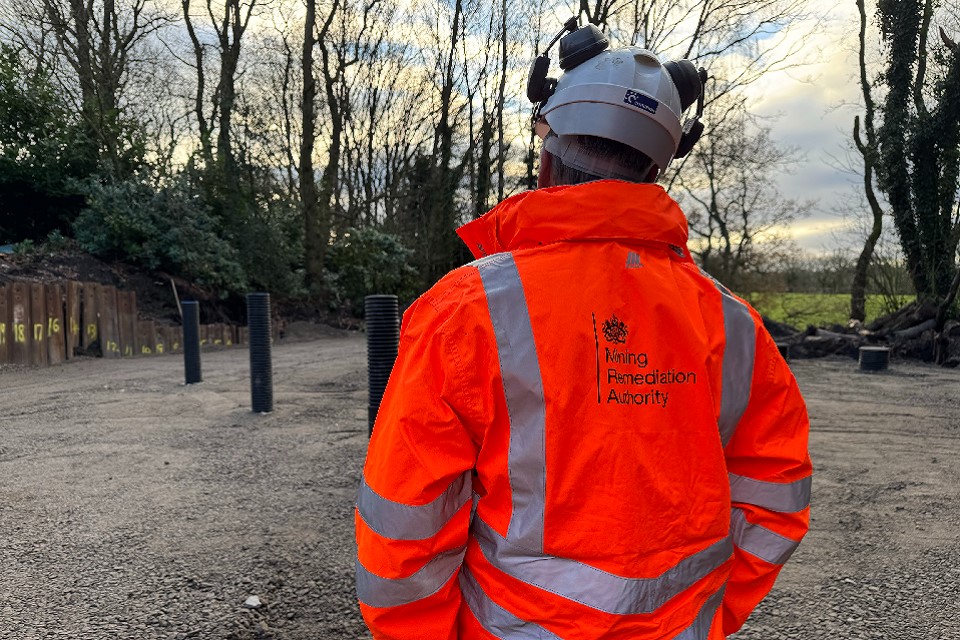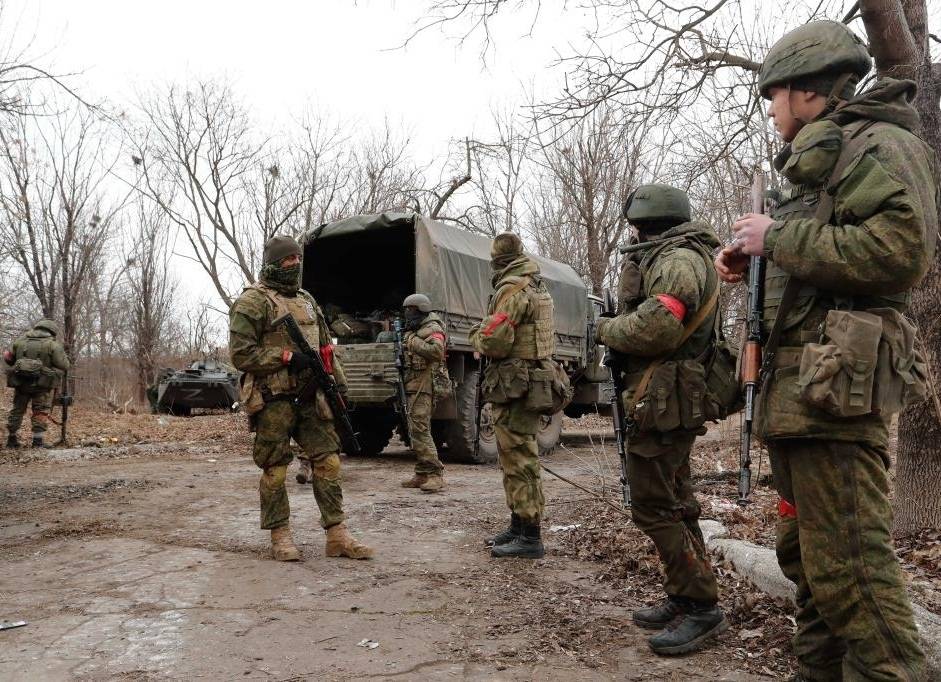London is forecast to be hotter than Dakhla in Western Sahara (24C), Nassau in the Bahamas (32C), Kingston in Jamaica (33C), Malaga in Spain (28C) and Athens in Greece (35C)
Britain could have its hottest day on record this week, with temperatures forecast to hit up to 41C (106F).
The Met Office has issued a red extreme heat warning on Monday and Tuesday in much of England, from London and the south-east up to York and Manchester.
The current highest temperature in the UK is 38.7C, in Cambridge in 2019.
High temperatures are also forecast across the UK – with amber warnings in the rest of England, all of Wales, and parts of Scotland.
London is set to be one of the hottest places in the world on Monday, with temperatures soaring above the Western Sahara and the Caribbean.
The capital is forecast to be hotter than Dakhla in Western Sahara (24C), Nassau in the Bahamas (32C), Kingston in Jamaica (33C), Malaga in Spain (28C) and Athens in Greece (35C).
The hot weather will continue on Tuesday – with overnight temperatures warned to be in the mid twenties – before cooling on Wednesday.
It is the first time the Met Office has issued a red warning since the system was introduced last year.
It means “widespread impacts on people and infrastructure” are expected, with “substantial changes in working practices and daily routines” required.
Some schools plan to close early – or not open at all – although the government has issued guidance designed to keep them open.
Network Rail said people should travel only “if absolutely necessary” on Monday and Tuesday, with some cancellations already announced, and speed restrictions in place across the network.
LNER will not run services between London and Leeds and York for much of Tuesday.
Jake Kelly from Network Rail explained precautions are being taken to mitigate the impact of the extreme temperatures, but the heat would place railway infrastructure under “exceptional stress”.
Alongside the Met Office’s red and amber warnings, the UK Health Security Agency has issued a level four warning for England, which the government is treating as a “national emergency”.
After an emergency Cobra meeting for ministers on Saturday, Health Secretary Steve Barclay said ambulance capacity would increase, alongside more call handlers.
The London Ambulance Service said it had seen 7,000 calls a day with rising temperatures and expected up to 8,000 on both Monday and Tuesday. A busy day in the capital would generally see around 5,500 calls, it explained.
Sunday was the hottest day of the year so far with temperatures reaching 33C in Flintshire, 32C in Cheshire, 27.7C in Armagh in Northern Ireland, and 26.4C at Auchincruive in Ayrshire.
Beaches across the country were packed, and people have been warned to take care if they cool off in water.
On Saturday evening, a 16-year-old boy died after swimming in Salford Quays, while a body has been found after a man went missing after entering a reservoir in West Yorkshire, the BBC reported.
Water companies in southern and eastern England have warned increased demand is leading to low pressure – and even interrupted supply – for some households.
Experts have urged people to drink water, keep their curtains closed where possible, and to check on friends and relatives.
ALSO READ: UK donates 1 mn more doses to Bangladesh
“In this country we’re used to treating a hot spell as a chance to go and play in in the sun,” said Prof Penny Endersby, Met Office chief executive. “This is not that sort of weather.”
Heatwaves have become more frequent, more intense, and last longer because of human-induced climate change.
The world has already warmed by about 1.1C since the industrial era began and temperatures will keep rising unless governments around the world make steep cuts to emissions.
Soaring temperatures are also having a devastating impact on much of Europe and north Africa, with wildfires raging from Greece to Morocco and thousands being evacuated from blazes in France and Spain.
More than 1,000 deaths have been attributed to the heat in Portugal and Spain in recent days.
Wildfires stretching across Spain
Wildfires have so far burnt more than 22,000 hectares of woodland and scrub in Spain since the start of the heatwave over a week ago, emergency services calculated.
Temperatures above 44 degrees centigrade in southern and southwestern Spain and around 40 degrees centigrade for the rest of the country, coming on the back of exceptionally hot and dry months of May and June, have produced the perfect conditions for the wildfires to spread.
In southwestern Spain’s autonomous community Extremadura, the fire in the comarca of Las Hurdes remains out of control, while a new fire broke out on Saturday in the comarca of Valle de Jerte, which the Regional Government of Extremadura said “started in an absolutely deliberate manner.”
In neighbouring autonomous community Andalusia, a fire near the tourist resort of Mijas has so far destroyed around 3,000 hectares of woodland and led to some 2,000 people being evacuated from their homes, although Spokesperson for Agriculture and Immigration of the Government of Andalusia Carmen Crespo said there are reasons to believe the fire “didn’t start through natural causes.”
“We will have to see if it was through negligence or deliberately started,” said Crespo, noting firemen are trying to extinguish two different focal points.
In northwestern Spain’s autonomous community Galicia, authorities are trying to deal with seven different wildfires in the capital of Ourense, which have reportedly damaged several homes.
In northeastern Spain’s autonomous community Catalonia, roads have been cut and some people evacuated from their homes in the municipality of El Pont de Vilomaria. The Catalan fire service has asked other residents to remain indoors.
No fatalities have so far been reported due to the wildfires, while three firemen were sent to hospital for treatment, two of them out of heat exhaustion, and the third because of a road accident that occurred on his way to a fire.
The temperatures in Spain are expected to fall slightly in the next 48 hours, and then climb back to around 40 degrees centigrade.










